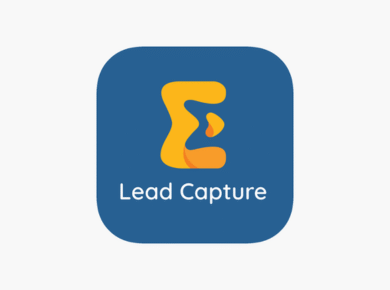Franchise Lead Generation Mastery: Actionable Steps to Build a Steady Pipeline

Franchise businesses thrive when they consistently attract qualified prospects ready to invest. Many brands turn to franchise lead generation agencies to support this growth, but even with outside help, it’s vital to understand the strategies and steps required to create a reliable pipeline. By combining structured marketing systems with hands-on execution, franchisors can establish predictable growth while reducing wasted spend.
Define Your Ideal Franchisee Profile
Before generating leads, clarity on who you’re targeting is essential. Start by outlining demographics (age, income, profession), psychographics (entrepreneurial mindset, willingness to follow systems), and financial capacity. For example, a fitness franchise may prioritize prospects who already value health and wellness, while a tutoring franchise might look for parents with educational backgrounds.
To execute this, gather data from your most successful franchisees and identify patterns. Build a checklist that sales teams can reference to quickly qualify new inquiries. This ensures time and marketing dollars are spent on high-value prospects rather than cold leads.
Leverage SEO for Long-Term Visibility
Organic search is a powerful driver for franchise recruitment. Prospects often search phrases like “best franchises to invest in” or “low-cost franchise opportunities.” To capture this audience, create SEO-optimized landing pages, publish blog content highlighting franchise success stories, and use schema markup so your listings stand out in Google results.
For execution, start with keyword research tools to identify search demand. Optimize on-page elements (titles, meta descriptions, internal linking), and update your content regularly. For example, a restaurant franchise could publish a guide on “How to Start a Restaurant Franchise in Your City,” ranking for local searches that attract targeted leads.
Build Targeted Paid Advertising Campaigns
Paid ads on Google and social platforms allow franchisors to zero in on motivated prospects. With pay-per-click (PPC), you can target users actively searching for investment opportunities, while social ads allow you to reach specific demographics and interests.
Execution begins with audience segmentation. For instance, target LinkedIn ads to professionals in middle management with income above $100K, or use Facebook’s lookalike audiences to expand reach based on your current franchisees. Always A/B test ad creatives, track conversion rates, and allocate more budget to the best-performing campaigns.
Create High-Converting Landing Pages
Driving traffic is only half the battle—converting visitors into qualified leads is the real goal. Effective landing pages should include compelling headlines, testimonials, financial investment details, and a clear call-to-action (e.g., “Request Franchise Info Packet”).
To execute, build multiple variations tailored to different buyer personas. For example, create one page focused on veterans if your franchise offers special incentives, and another page for corporate professionals seeking career independence. Use lead forms with progressive profiling, so you gather more details over time without overwhelming prospects.
Nurture Leads with Email and Automation
Most franchise leads won’t convert immediately; nurturing keeps them engaged until they’re ready to act. Email drip campaigns can deliver educational content, highlight franchisee success stories, and remind prospects of upcoming webinars or discovery days.
For execution, map out a sequence of emails that move from awareness to decision. Start with introductory information, progress to investment benefits, and close with invitations to schedule calls. For example, after downloading a franchise guide, a lead could receive a 5-part email series covering training, support, financial returns, and real franchisee testimonials.
Host Webinars and Discovery Days
Personal interaction accelerates trust. Webinars allow franchisors to present their opportunity at scale, while discovery days give prospects an inside look at operations. These formats answer objections, showcase company culture, and create urgency.
Execution involves scheduling monthly webinars covering topics like “What It Takes to Be a Successful Franchise Owner” or “Behind the Scenes of Running Our Franchise.” Follow up with personalized invitations to attend a discovery day, where candidates can meet leadership and current franchisees. For example, a home services brand might showcase a live tour of franchisee operations during a webinar to prove scalability.
Track Metrics and Refine Your Strategy
Sustainable lead generation requires ongoing measurement. Key performance indicators (KPIs) include cost per lead, cost per acquisition, lead-to-franchisee conversion rate, and average time-to-close. Without tracking, it’s impossible to know which channels are delivering the best ROI.
Execution involves setting up analytics dashboards using tools like Google Analytics, HubSpot, or a CRM. For example, you may find that PPC delivers high lead volume but low conversions, while SEO delivers fewer but more qualified prospects. Adjust accordingly by increasing investment in high-performing channels.
Partner Strategically for Scalability
While internal marketing efforts are crucial, outsourcing can accelerate growth. Partnering with franchise lead generation agencies ensures campaigns are executed with industry expertise, advanced tools, and proven processes. Agencies can bring efficiency while allowing franchisors to focus on operations and franchisee support.
By combining strong in-house systems with agency support, franchisors create a balanced approach that builds momentum. This hybrid model ensures a steady flow of qualified leads while maintaining control over brand messaging and growth strategy.



